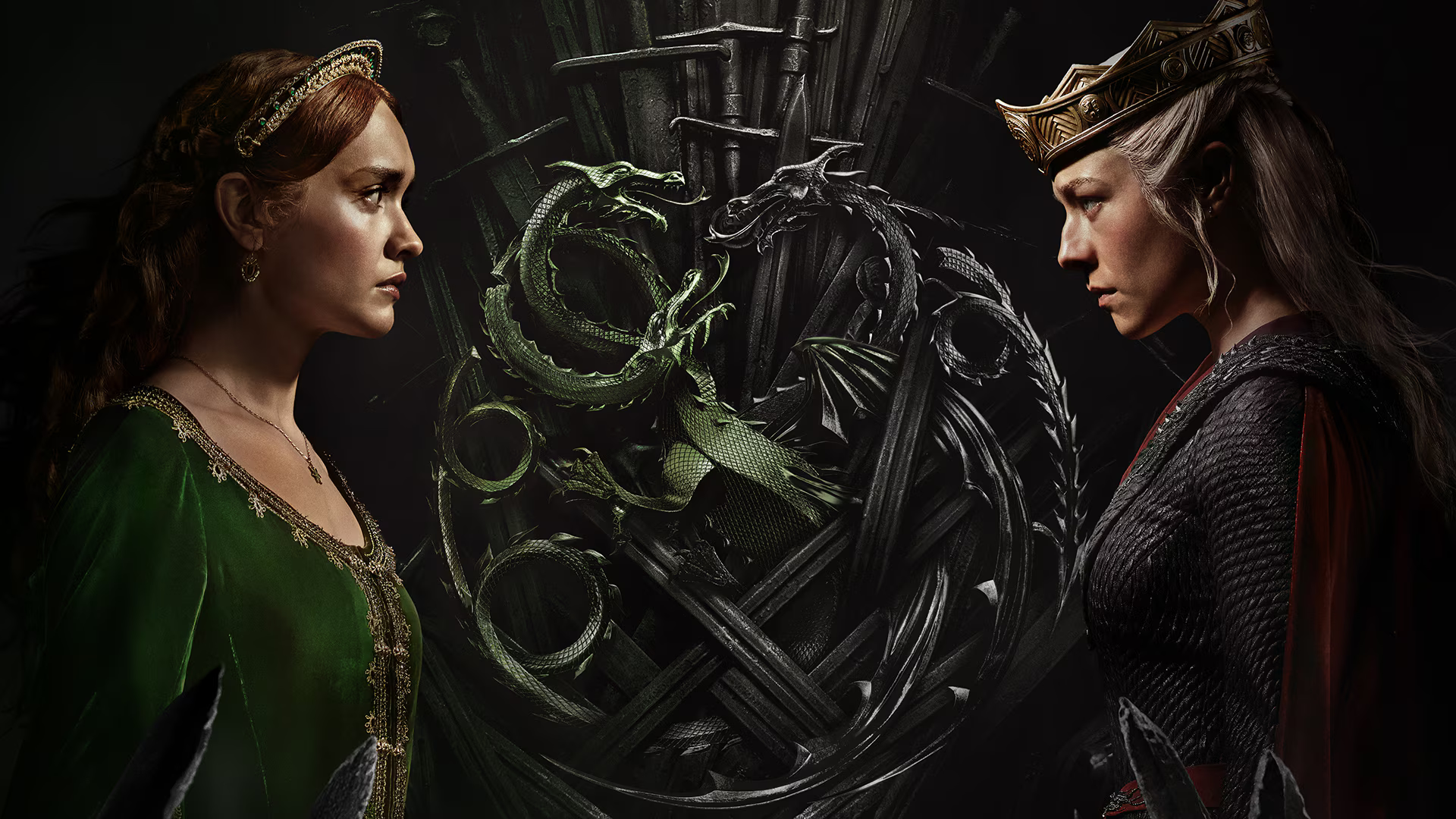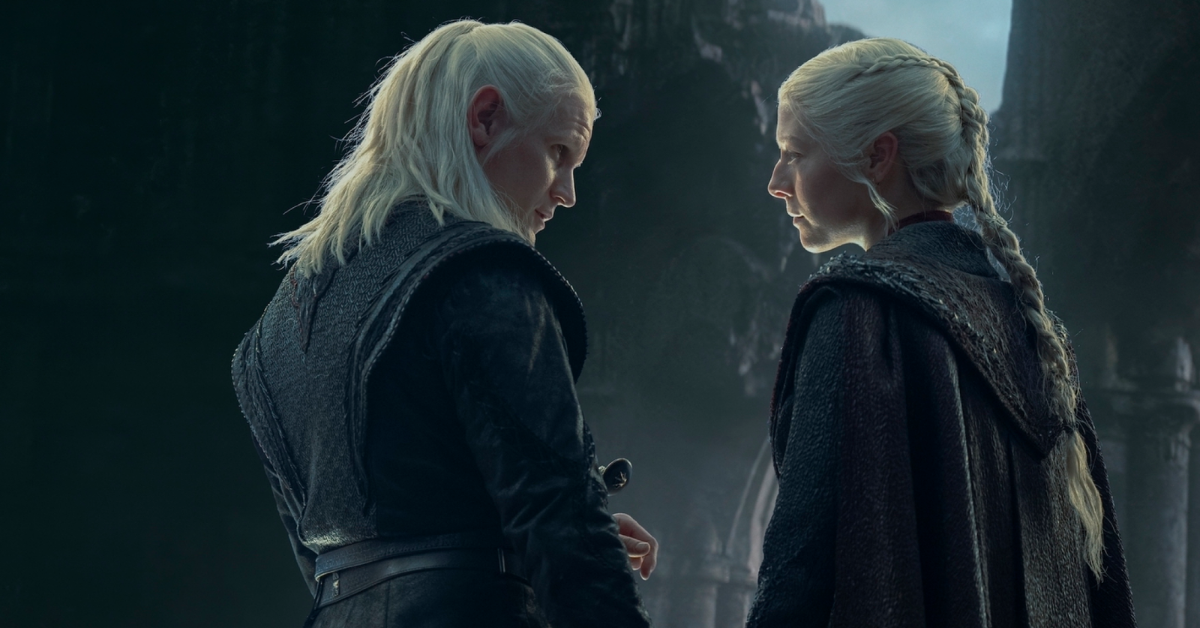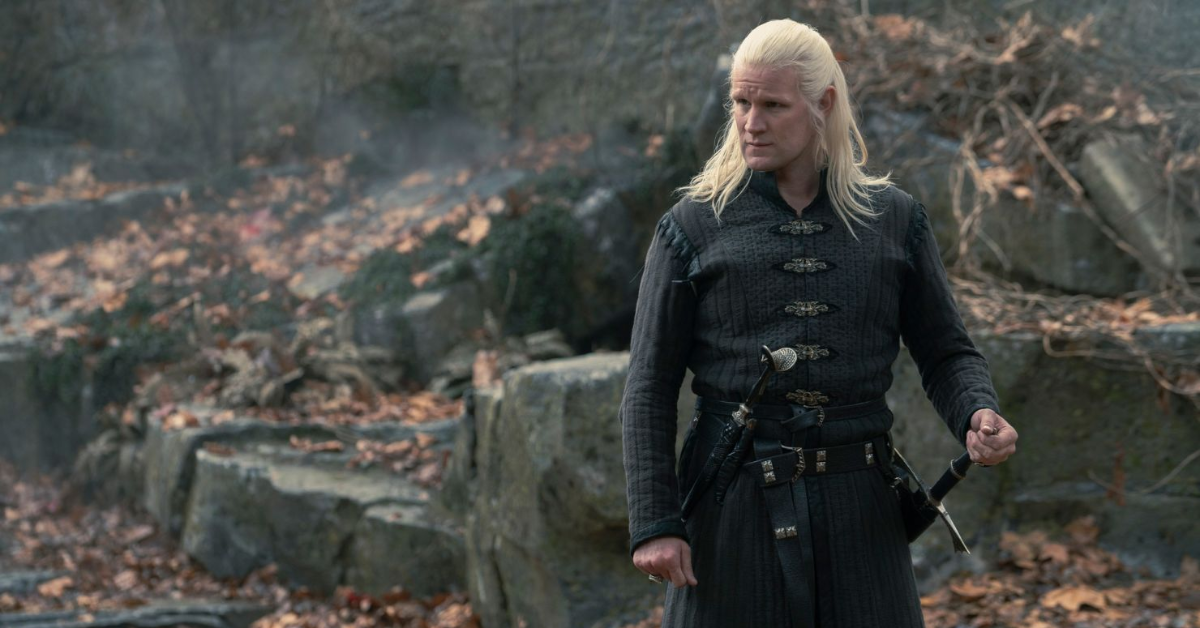In 2014, Disney went to the vault and resurrected their marquee fairy tale, the 1959 classic, Sleeping Beauty. Following in the footsteps of their other recent reimaginings, including Alice in Wonderland (2010), Maleficent presented a modern approach—telling the story from the antagonist’s side. While critically dismissed, Maleficent went on to score an Academy Award nomination for costuming while raking it nearly $800 million worldwide. A sequel seemed unquestionable.
The biggest question in looking at Maleficent: Mistress of Evil might be whether 5 years was too long to wait? One would have to think that the film’s original demographic might have aged out of interest for a sequel. Nevertheless, here we are.
Picking up five years after the original film, Mistress of Evil opens with Aurora (Elle Fanning) fulfilling her day-to-day royal duties as Queen of the Moors. The creatures love her and Maleficent (Angelina Jolie) seems content—until Prince Phillip (Harris Dickinson) proposes to Aurora. Maleficent is adamantly opposed as she still doesn’t trust anyone or believe in the notion of love. Phillip’s family, on the other hand, are excited to hear the news. King John hopes the union will unite the humans and fairy folk, while Queen Ingrith (Pfiefer) is overjoyed at having a new daughter—or so she says.
See, Ingrith is a bit of a troublemaker. If you didn’t pick up on that from the previews, or the casting of Michelle Pfiefer who, aside from her stint as Janet Van Dyne in Ant-Man and the Wasp, has held several antagonistic roles in the last decade and a half, Queen Ingrith also toys with a (Chekhov’s) crossbow early on—a setup that is cinematic shorthand for baddie.
After Maleficent seemingly utilizes another curse and puts the king to sleep, she flies off into the night and encounters a group of dark fae that look just like her. Maleficent must come to terms with her identity and her standing with the humans as Aurora’s pending nuptials move closer and closer.
Norwegian director Joachim Rønning (Kon-Tiki, Pirates of the Caribbean: Dead Men Tell No Tales) helms this follow up, and imbues it with a steadier hand than his predecessor. While still wildly inconsistent in tone, the narrative beats move a lot smoother—even if they do include a completely unnecessary subplot about some sort of porcupine fairy creature going off on misadventures. (These beats are purely padding as they don’t operate to navigate the audience in any direction, nor do they lead to aiding the protagonist… they just exist.)
As mentioned, the film’s tone shifts drastically from sequence to sequence. Bookended with light-hearted, whimsical Disney hallmarks, Mistress of Evil takes a dark turn during the second act, when the much more interesting plot regarding Maleficent and her family history take center stage.
The film truly comes alive as Maleficent wakes in and then navigates the world of the dark fae. Henry Braham’s cinematography pops in this dark new world. Braham’s photography captures a creature out of her element exploring a brand new world filled with fellow fae she didn’t know existed. The Dark Fae feature fun bird-inspired designs, bringing new colors and palettes to play. And it’s in this whole sequence that the film finds some interesting life and adds a new mythos to Maleficent’s story. Sadly, it’s soon traded in for a return to the human world.
Aurora’s story just isn’t that interesting. Every beat in it is predictable. And while it would normally suffice for a children’s movie, Maleficent: Mistress of Evil is too dark in some places for me to recommend taking the target demo.
***SPOILER ALERT*** Something akin to a genocide takes place, and it gets pretty heavy, pretty fast—and then its never touched upon again once we move into the happy ending. It’s a very weird choice in a family movie filled with cutesy-wootsy silliness.
Even in its silliest and darkest moments, the movie truly thrives on the shoulders of the ever charismatic Jolie and Pfiefer. When I saw those first trailers, I hoped for nothing less than those two hamming it up and playing off one another, and in that regard, the film delivers.
The film tries to give Jolie a few additional things to help her layer the performance, while Pfiefer is out-and-out a moustache-twirling villainess (?). The rest of the casting is fine, although the complete waste of Chiwetel Ejiofor is egregious.
And although its narrative is predictable and bland, the film attempts to say things about xenophobia and prejudice, but it’s all a bit too on the nose to make it worth much.
Final Thoughts
While I find it to be stronger than the original film, Maleficent: Mistress of Evil suffers several severe flaws, namely tonal missteps that are too dark to see past. A steady pace helps it overcome a few subplot hiccups along the way. And although I wouldn’t scoff at watching again, I have to ask who this film is really for. At times, its darkness would make for a great PG-13 dark fantasy while other elements are saccharine G and PG toy deal fare. It’s too dark for children and not challenging enough for the older audience base.
Stay in Touch
Thanks for reading my Maleficent: Mistress of Evil review.
I would love to hear what you thought of the film.
Find me on Letterboxd.
Follow Us on Twitter.
Subscribe and Review the GenreCast on iTunes.
Read more reviews from the GoodTrash crew.
Supporting GoodTrash
If you’re interested in offering financial support for the show, that would be awesome. We use these funds to cover production costs and hosting and domain fees, as well as occasional events and merchandise. Support on Patreon comes with a variety of rewards and additional content. Physical rewards, bonus shows and fun stuff and even programming opportunities are available.
Arthur is a creator of content, lover of movies, and father of dogs. If you want to keep the conversation going, then click here to follow Arthur on Twitter. If you would like to keep up with what Arthur is watching, then head over to Letterboxd and give him a follow!




Leave a Reply